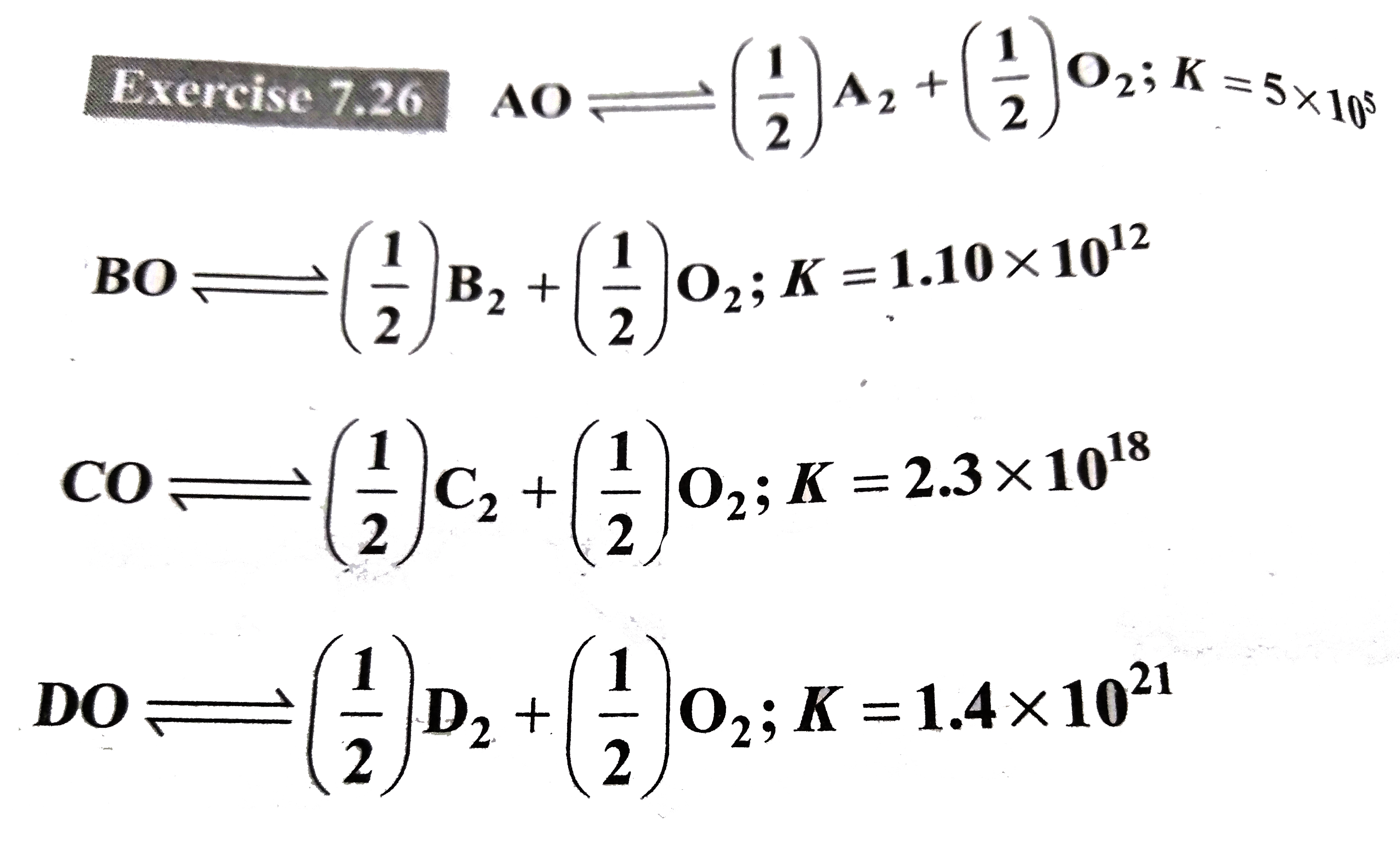Among the given cations, …........... is most stable.
To determine which cation among the given options is the most stable, we will analyze the structures and stability of the three types of butyl cations: secondary butyl carbonium ion, tertiary butyl carbonium ion, and normal butyl carbonium ion.
1. Identify the Cations: We have three types of butyl cations to consider:
- Secondary butyl carbonium ion (2°)
- Tertiary butyl carbonium ion (3°)
- Normal butyl carbonium ion (1°)
2. Draw the Structures:
- Secondary Butyl Carbonium Ion: This cation has the structure:
CH3CH2C+HCH3
where the positive charge is on the second carbon.
- Tertiary Butyl Carbonium Ion: This cation has the structure:
(CH3)3C+
where the positive charge is on the central carbon connected to three other carbon atoms.
- Normal Butyl Carbonium Ion: This cation has the structure:
CH3CH2CH2C+
where the positive charge is on the terminal carbon.
3. Determine the Degree of Each Cation:
- The secondary butyl carbonium ion is a 2° cation.
- The tertiary butyl carbonium ion is a 3° cation.
- The normal butyl carbonium ion is a 1° cation.
4. Stability Order of Carbocations:
- The stability of carbocations increases with the degree of substitution. The order of stability is:
3° > 2° > 1°
- This means that tertiary carbocations are the most stable, followed by secondary, and then primary.
5. Conclusion:
- Among the given cations, the tertiary butyl carbonium ion is the most stable due to its higher degree of substitution, which allows for greater hyperconjugation and inductive effects.
Final Answer:
The most stable cation among the given options is the tertiary butyl carbonium ion.
---
- Secondary butyl carbonium ion (2°)
- Tertiary butyl carbonium ion (3°)
- Normal butyl carbonium ion (1°)
- Secondary Butyl Carbonium Ion: This cation has the structure:
CH3CH2C+HCH3
where the positive charge is on the second carbon.
- Tertiary Butyl Carbonium Ion: This cation has the structure:
(CH3)3C+
where the positive charge is on the central carbon connected to three other carbon atoms.
- Normal Butyl Carbonium Ion: This cation has the structure:
CH3CH2CH2C+
where the positive charge is on the terminal carbon.
- The secondary butyl carbonium ion is a 2° cation.
- The tertiary butyl carbonium ion is a 3° cation.
- The normal butyl carbonium ion is a 1° cation.
- The stability of carbocations increases with the degree of substitution. The order of stability is:
3° > 2° > 1°
- This means that tertiary carbocations are the most stable, followed by secondary, and then primary.
- Among the given cations, the tertiary butyl carbonium ion is the most stable due to its higher degree of substitution, which allows for greater hyperconjugation and inductive effects.
The most stable cation among the given options is the tertiary butyl carbonium ion.
Topper's Solved these Questions
- INTRODUCTION TO ORGANIC CHEMISTRY BOOK - VMC MODULES ENGLISHCHAPTER - INTRODUCTION TO ORGANIC CHEMISTRY EXERCISE - JEE MAIN ARCHIVE
72 Videos
- ICONIC EQUILIBRIUMBOOK - VMC MODULES ENGLISHCHAPTER - ICONIC EQUILIBRIUMEXERCISE - IMPECCABLE
50 Videos
- IONIC EQUILIBRIUMBOOK - VMC MODULES ENGLISHCHAPTER - IONIC EQUILIBRIUMEXERCISE - IN - CHAPTER EXERCISE - K
10 Videos
Similar Questions
Knowledge Check
Among the given cations, the most stable carbonium ion is?
Asec-butylBtert-butylCr-butylDNone of theseWhich of the following cations is most stable?
A B
B C
C D
D
Which of the following cations is most stable?
A B
B C
C D
D

